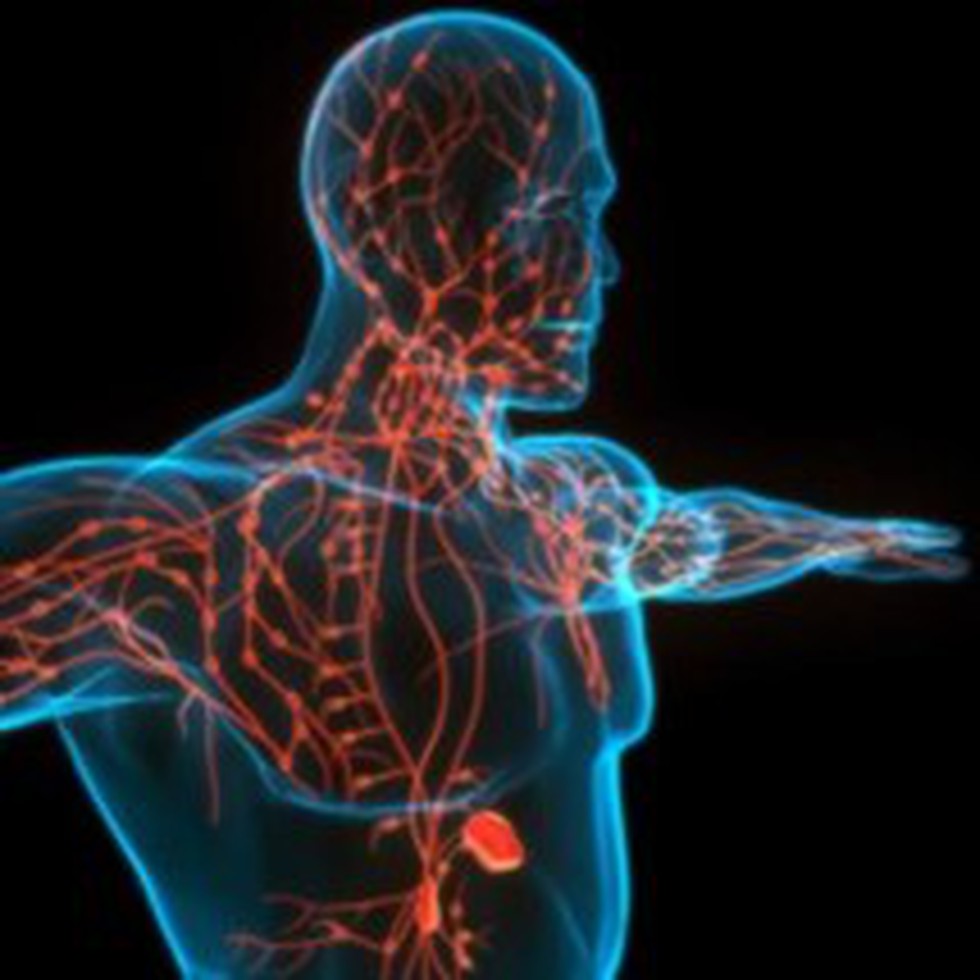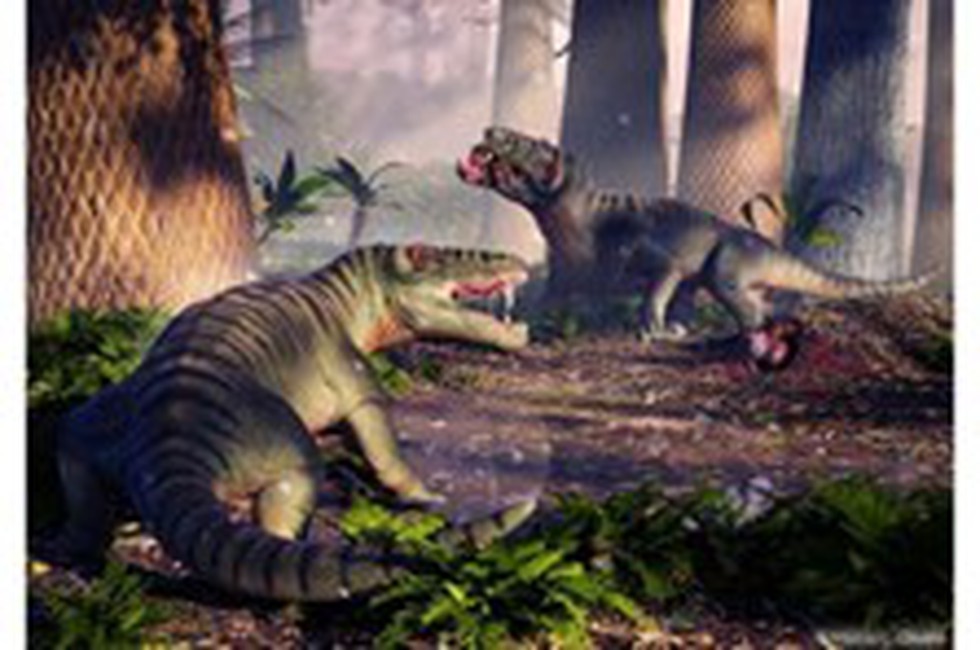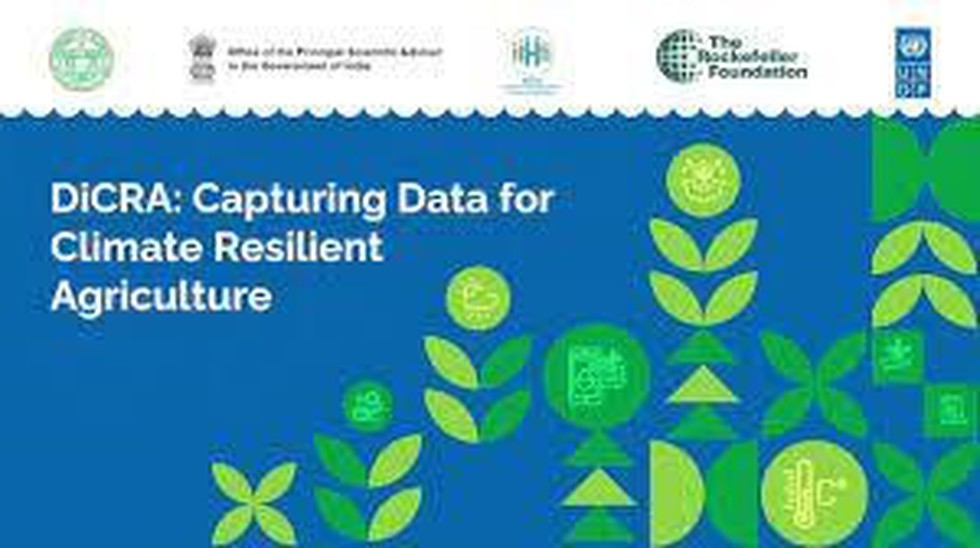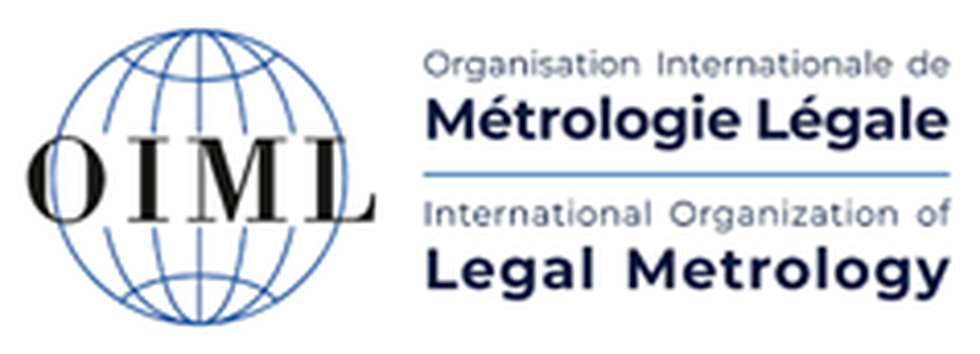
About Sir M Visvesvaraya:
- Mokshagundam Visvesvaraya, widely known as Sir MV, was a distinguished engineer, statesman, and scholar who held the position of Diwan of Mysore from 1912 to 1918.
- He was known as the father of Modern Mysore for his outstanding contribution to society.
- Birth: He was born on 15th September 1861 in Muddenahalli village in Karnataka.
- Education: He completed his Bachelor of Arts (BA) from the University of Madras and completed civil engineering from the College of Science in Pune.
- Contributions:
- He was the chief engineer responsible for the construction of the Krishna Raja Sagara Dam in Mysore.
- He designed and patented automatic water floodgates in 1903, which were first installed at the Khadakwasla reservoir in Pune.
- In 1917, Visvesvaraya established the Government Engineering College in Bengaluru, which was later named University Visvesvaraya College of Engineering in his honour.
- He was a renowned precursor of economic planning in India.
- Awards:
- In 1955, the Government of India honoured him with the highest civilian honour — Bharat Ratna for his numerous industrial, economic and social projects.
- He was also conferred the British knighthood by King George V, earning the title "Sir."
Key Facts about Krishnaraja Sagar (KRS) Dam:
- Location: It is located below the confluence of river Kaveri with its tributaries, Hemavati and Lakshmana Tirtha, in the district of Mandya in Karnataka.
- It is a type of gravity dam.
- Usage:
- The water from the Dam is used for irrigation in Mysore and Mandya and is the main source of drinking water for Mysore, Mandya and Bengaluru city.
- It also ensures power supply to the Shivanasamudra hydroelectric power station.
- The water released from this dam flows into the state of Tamil Nadu and is stored in the Mettur dam in the Salem district.
- History:
- The dam was constructed during the rule of the Maharaja of Mysore, Krishnaraja Wadiyar IV, and it was named in his honour.
- The construction of the KRS Dam began in 1911 and it was completed in 1931.
- The dam was designed by Sir M. Visvesvaraya, a famous Indian engineer.
- Features:
- It was built using a mixture of surki mortar and limestone.
- It is 2,621 meters (8,600 ft) long and 40 meters (130 ft) high.
- Its reservoir is about 130 Sq. Kms, which was the largest in Asia at the period when it was built.
- Brindavan Gardens, an ornamental garden, is attached to the dam.

About Advocate-on-Record (AoR):
- The concept of AoR was introduced by the SC with the power given to it under Article 145(1) of the Indian Constitution, which states that the SC may, from time to time, make rules for regulating the practices and procedures in the court.
- “Advocate on record” is a title given to an advocate who can represent a cause or pleading before the SC.
- Only these advocates are entitled to file any matter or document before the SC. They can also file an appearance or act for a party in the SC.
- No other High Court in India has a similar provision.
- Order IV Rule 5 of the Supreme Court Rules, 2013 lays down the requirements to be fulfilled to become an AoR. They are as follows:
- The Advocate is required to be enrolled with any State Bar Council.
- The Advocate is required to have a prior experience of at least 4 years.
- The Advocate has undergone a training of 1 year under a senior AoR.
- The Advocate has appeared for the examination conducted by the SC.
- The Advocate is required to have an office in Delhi within a radius of 10 miles from the SC house and give an undertaking to employ a clerk, who shall be a registered clerk, within one month of being registered as an advocate on record.
- Once registered, an AOR is issued a unique identification number that must be used on all documents filed in the SC.
Whether an Advocate is allowed to assist in a matter held before the SC?
- An advocate is allowed to assist, brief, collect all documents related to the case and help in the drafting as well.
- He can also argue and plead a case with the instructions of an AoR.
- Only the filing of a case under his Vakalatnama is restricted.

- About Lymphoma:
- Lymphoma is a type of cancer that originates in the lymphatic system, which is a part of the body's immune system.
- The lymphatic system includes lymph nodes, lymphatic vessels, the spleen, tonsils, and the bone marrow.
- Lymphomas are characterised by the abnormal growth and proliferation of lymphocytes, a type of white blood cell, which can form tumourstumors in various parts of the body.
- It’s considered a blood cancerbecause the condition starts in white blood cells (lymphocytes) in your lymphatic system.
- Lymphomas can be aggressive (fast-growing) or indolent (slow-growing).
- It can spread rapidly from the lymph nodes to other parts of the body through the lymphatic system. As cancerous lymphocytes spread into other tissues, the immune system cannot defend against infections as effectively.
- There are two main types of lymphoma:
- Hodgkin Lymphoma (HL):
- It is a relatively rare type of lymphoma that is characterised by the presence of Reed-Sternberg cells, which are large, abnormal cells found in the affected lymph nodes.
- It often has a predictable pattern of spreading through the lymphatic system.
- Non-Hodgkin Lymphoma (NHL):
- It is a more common and diverse group of lymphomas that can originate in various lymphatic tissues throughout the body.
- Unlike Hodgkin lymphoma, NHL does not involve Reed-Sternberg cells and has a more varied and less predictable pattern of growth.
- Cause: The cause of lymphoma is not fully understood, but it is thought to be caused by a combination of genetic and environmental factors.
- Signs and symptoms of lymphoma may include:
- Painless swelling of lymph nodes in the neck, armpits or groin
- Persistent fatigue
- Fever
- Night sweats
- Shortness of breath
- Unexplained weight loss
- Itchy skin
- Treatment: The course of treatment depends on the type of lymphoma a person has and the stage it has reached. Common lymphoma treatments include:
- Chemotherapy.
- Radiation therapy.
- Targeted therapy
- Immunotherapy
- CAR T-cell therapy.
- Stem cell (bone marrow) transplantation.
- Hodgkin Lymphoma (HL):

About Dividend Distribution Tax (DDT):
- It was a tax imposed by the Indian government on companies that distributed dividends to their shareholders.
- It was introduced to tax the dividend income received by shareholders indirectly through the company rather than taxing the dividend income at the individual level.
- Companies that pay dividends to their shareholders in India were required to pay the DDT.
- DDT has been repealed and abolished by the Government for Indian corporations under the Finance Act 2020.
- With this modification, Indian corporations are no longer obligated to pay DDT on dividends paid to shareholders. Instead, shareholders will be forced to pay tax on dividends based on their tax bracket.
- For example, if a shareholder is in the 30% tax bracket, the dividend received will be subject to 30% tax.
- The dividend income is taxed in the hands of the shareholders only if the dividend is distributed on or after 01-04-2020.
What is a dividend?
- A dividend is a return given by a company to its shareholders out of the profits earned by the company in a particular year.
- Dividends can be issued in various forms, such as cash payment, stocks or any other form.
- A company’s dividend is decided by its board of directors, and it requires the shareholders’ approval.
- It is not obligatory for a company to pay dividends. Many companies do not pay dividends and instead retain earnings to be invested back into the company.
- Dividend Yield:
- It is a measure of the annual dividend income an investor can expect to receive from an investment in a particular stock.
- It is calculated by dividing the annual dividend per share by the stock's current market price.
- This percentage helps investors assess the income potential of a stock.

About the Storm Shadow Missile:
- Storm Shadow/SCALP is a long-range cruise missile with stealth capabilities jointly developed by the UK and France.
- The missile is intended to strike high-value stationary assets such as airbases, radar installations, communications hubs and port facilities.
- Able to be operated in extreme conditions, the weapon offers operators a highly flexible, deep-strike capability based on a sophisticated mission planning system.
- The Storm Shadow is also in service with the air forces of Egypt, India, Italy, Greece, Saudi Arabia, Qatar, and the United Arab Emirates (UAE).
- Features:
- It is typically launched from the air.
- The missile weighs 1.3 tonnes and is just over 5m long.
- Powered by a turbo-jet engine, the missile travels at speeds of more than 600mph.
- It carries a 450kg conventional warhead to a range of up to 200 miles (300km).
- It is equipped with fire-and-forget technology and fully autonomous guidance.
- The missile is fitted with a passive imaging infrared seeker.
- The missile is programmed with every detail of the target and the path to be taken to reach the target prior to its launch.
- Once launched, the missile drops to a low altitude to avoid detection by enemy radar before latching onto its target with the infrared seeker.

About Pampaphoneus biccai:
- It belongs to the early therapsid clade called Dinocephalians.
- It lived just before the largest extinction event in the history of Earth. That event eliminated 86 percent of all animal species across the globe.
- Before the extinction event, dinocephalians were one of the major groups of large terrestrial animals that thrived on land.
- They were medium to large-sized creatures with both carnivorous and herbivorous representatives.
- They had thick cranial bones, which led to the group's name, which translates to "terrible head" in Greek.
- These animals are rare in other parts of the world but well-known in South Africa and Russia.
- It is the only known species in Brazil.

About the National Judicial Data Grid (NJDG) portal:
- The NJDG portal is a national repository of data relating to cases instituted, pending and disposed of by the courts across the length and breadth of the country.
- In this portal, one may access case-related information, statistics such as institution, pendency, and disposal of cases, case types, and year-wise break-up of the Supreme Court of India.
- It is a database of orders, judgements, and case details of 18,735 District & Subordinate Courts and High Courts created as an online platform under the e-Courts Project.
- It has been developed by the National Informatics Centre (NIC) in close coordination with the in-house software development team of the Computer Cell, Registry with an interactive interface and analytics dashboard.
- The entire database will be periodically updated on the NJDG portal.
- NJDG works as a monitoring tool to identify, manage, & reduce the pendency of cases.
- It helps to provide timely inputs for making policy decisions to reduce delays in disposing of cases and reduce case pendency.
- It also facilitates better monitoring of court performance and systemic bottlenecks and, thus, serves as an efficient resource management tool. To track cases related to land disputes.
What is the e-Courts Project?
- It was conceptualised on the basis of the “National Policy and Action Plan for Implementation of Information and Communication Technology (ICT) in the Indian Judiciary – 2005,” submitted by the e-Committee, Supreme Court of India.
- E-committee is a body constituted by the Government of India in pursuance of a proposal received from the Hon'ble Chief Justice of India to constitute an eCommittee to assist him in formulating a National Policy on computerisation of the Indian Judiciary and advise on technological communication and management-related changes.
- It is a Pan-India Project, monitored and funded by the Department of Justice, Ministry of Law and Justice, Government of India for the District Courts across the country.

About DiCRA:
- Data in Climate Resilient Agriculture (DiCRA) is a collaborative digital public good which provides open access to key geospatial datasets pertinent to climate resilient agriculture.
- It is curated by UNDP and partner organisations to inform public investments in agriculture and already provides intelligence on climate resilience for 50 million hectares of farmland across India.
- It is guided by the digital public good principles of open access, open software, open code, and open APIs.
- It uses cutting-edge data science and machine learning to identify farms that are resilient to climate change and those that are highly vulnerable.
- Advantages
- By partnering to enhance and scale its use, NABARD will host and maintain the DiCRA platform and use its key geospatial datasets for policymaking, research, and development activities, with UNDP's technical support.
- This five-year technical cooperation is envisaged to foster collective climate action and create innovative platforms and new product offerings to enhance economic empowerment in rural India.
- Such open data innovations can highlight best practices, optimise agriculture investments and shelter populations from risk.

About the K2-18b Exoplanet:
- It was first discovered in 2015, more than 120 light-years from Earth, during the space agency's K2 mission.
- It is 8.6 times bigger than Earth.
- It could be a "Hycean" world with a hydrogen-rich atmosphere and a surface covered by ocean water.
- Now, a new investigation with the Webb telescope has revealed traces of carbon-bearing molecules in its atmosphere, including methane and carbon dioxide.
Key points about the James Webb Space Telescope
- This telescope was built in collaboration between NASA, the European Space Agency (ESA) and the Canadian Space Agency.
- It was launched in December 2021.
- It is presently at a point in space known as the Sun-Earth L2 Lagrange point, approximately 1.5 million km beyond Earth’s orbit.
- Lagrange Point 2 is one of the five points in the orbital plane of the Earth-Sun system.
- It's the largest, most powerful infrared space telescope ever built.
- Objectives: It will examine every phase of cosmic history, from the Big Bang to the formation of galaxies, stars, and planets to the evolution of our Solar System.

About OIML:
- The OIML, which stands for International Organisation of Legal Metrology, was established in 1955.
- It is an international standard-setting body.
- It develops model regulations, standards, and related documents for use by legal metrology authorities and industry.
- It plays a crucial role in harmonising national laws and regulations on the performance of measuring instruments like clinical thermometers, alcohol breath analysers, radar speed measuring instruments, ship tanks found at ports, and petrol dispensing units.
- India became a member of the OIML in 1956. In the same year, India signed the metric convention.
- Headquarter: Paris
What is the OIML certificate?
- It is a system for issuing, registering and using OIML certificates and their associated OIML-type evaluation/test reports for instruments like digital balances, clinical thermometers, etc.
- With the addition of India, the number of countries authorised to issue OIML certificates has increased to 13.
- Other certificate-issuing countries: Australia, Switzerland, China, Czech Republic, Germany, Denmark, France, United Kingdom, Japan, Netherlands, Sweden, and Slovakia.
- It is a single certificate accepted worldwide.
- Indian domestic manufacturers can now export their weighing and measuring instruments worldwide without incurring additional testing fees, resulting in significant cost savings.


.png)
.png)

























































































































































.png)
.png)
.png)
.png)
.png)


.png)
.png)
.png)





.png)
.png)






.png)
.png)
.png)
.png)
.png)
.png)
.png)
.png)
.png)

.png)







.png)
.png)


.png)
.png)
.png)


.png)

.png)
.png)





.jpg)


.png)

.png)
.png)
.png)

.jpg)

.jpg)


.png)

.png)
.png)
.png)
.png)
.png)
.png)
.png)
.png)
.png)
.png)




.png)

.png)





.png)
.png)
.png)
.png)
.png)
.png)
.png)
.png)
.png)
.png)
.jpg)
.jpg)

.png)
.png)
.png)
.png)
.png)
.png)
.png)
.png)
.png)
.png)
.png)
.png)
.png)
.png)
.png)
.png)
.png)
.png)
.png)
.png)
.png)
.png)



.png)
.png)

.jpg)
.jpg)


.jpg)
.jpg)
.jpg)
.jpg)
.jpg)

.jpg)








.jpg)
.jpg)
.jpg)
.jpg)
.jpg)

















.jpg)
.jpg)







.jpg)


















.jpg)
.jpg)






























































































.jpg)
.jpg)


























.jpg)

.jpg)










.jpg)








.jpg)




.jpg)










.jpg)


















.jpg)












































.jpg)














.jpg)
.jpg)
.jpg)





.jpg)

.jpg)
.jpg)





































































.jpg)


































.jpg)
.jpg)
















































.jpg)












.jpg)


.jpg)




.jpg)
.jpg)
.jpg)

.jpg)
.jpg)
.jpg)
.jpg)

.jpg)
.jpg)
.jpg)

.jpg)
.jpg)
.jpg)
.jpg)
.jpg)
.jpg)
.jpg)
.jpg)

.jpg)


.jpg)
.jpg)
.jpg)
.jpg)
.jpg)
.jpg)
.jpg)
.jpg)
.jpg)
.jpg)











.jpg)
.jpg)





.jpg)
.jpg)
.jpg)
























.jpg)
























.jpg)









.jpg)
.jpg)







.jpg)
.jpg)









































.jpg)
.jpg)
.jpg)
.jpg)
.jpg)

.jpg)
.jpg)
.jpg)
.jpg)
.jpg)


.jpg)
.jpg)
.jpg)
.jpg)
.jpg)

.jpg)
.jpg)
.jpg)
.jpg)
.jpg)
.jpg)
.jpg)
.jpg)
.jpg)
.jpg)
.png)

.png)
.png)

.png)
.png)
.png)
.png)


.jpg)
.jpg)

.jpg)
.jpg)
.jpg)

.png)
.png)
.png)
.png)
.png)
.png)
.png)

.png)
.png)
.png)
.png)
.png)
.png)
.png)
.png)
.png)
.png)





































































-min.png)



.png)




.png)








































